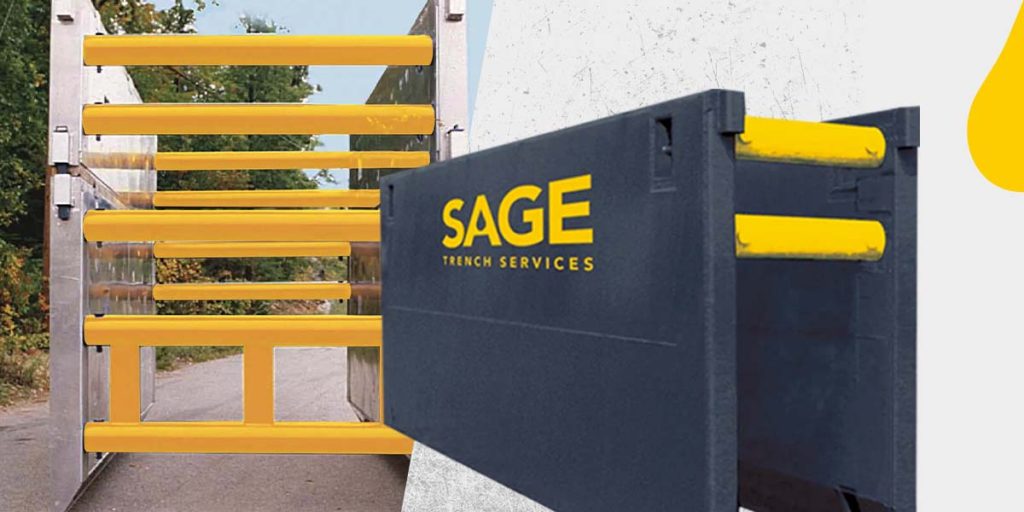

Workers in the construction industry who perform digging and excavating tasks are highly familiar with trench box systems. Trench boxes — also called trench shields, sewer boxes, tap boxes and several other names — are vital for providing stability to a trench and keeping workers safe during construction. Because excavation areas pose a significant hazard to workers, knowing how to evaluate a trench, understanding the box’s structure and using it appropriately are vital for ensuring the highest safety levels.
At Sage Rental Services, we understand the importance of trench shields in an excavation operation. This trench box safety checklist contains five critical trench-shoring safety tips:
Sage Rental Services offers a comprehensive line of trench safety systems at our convenient locations throughout Southeast Texas. Our experienced team can help you choose an affordable solution for your application with a flexible rental contract to meet your needs. Connect with us online today to learn more.